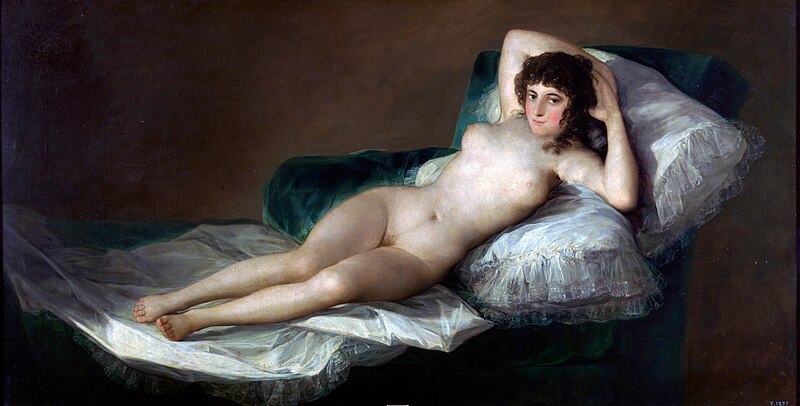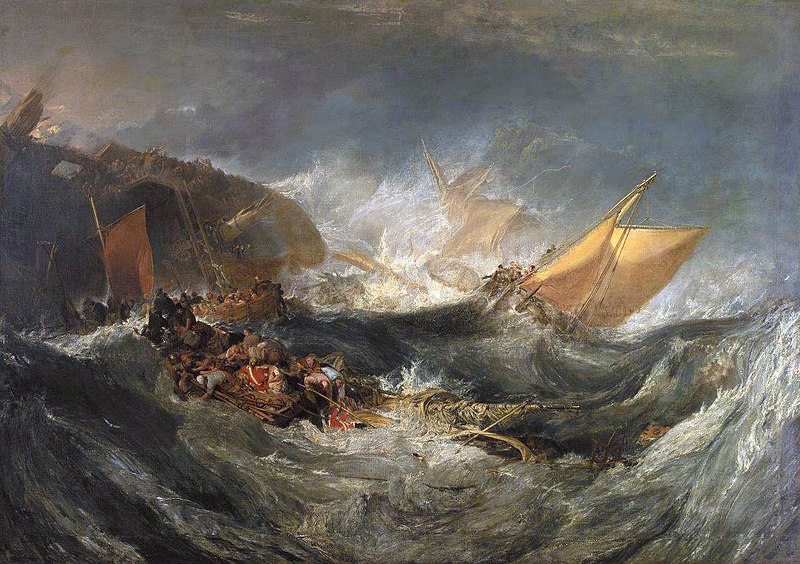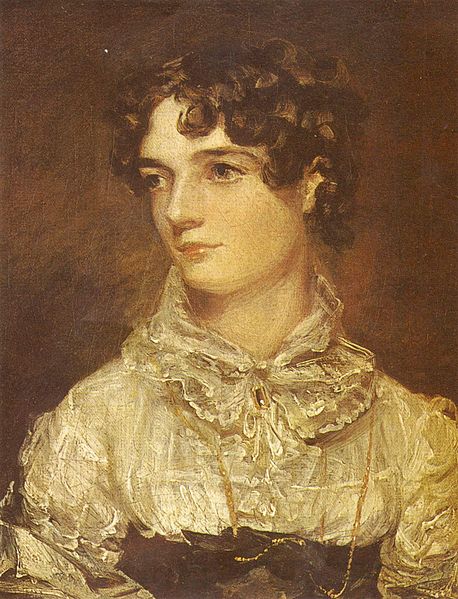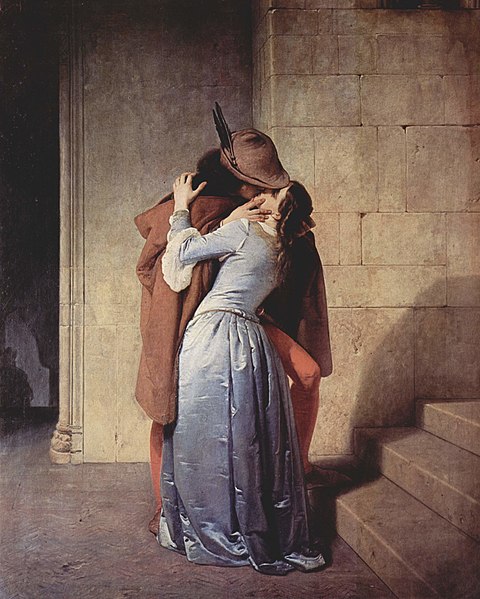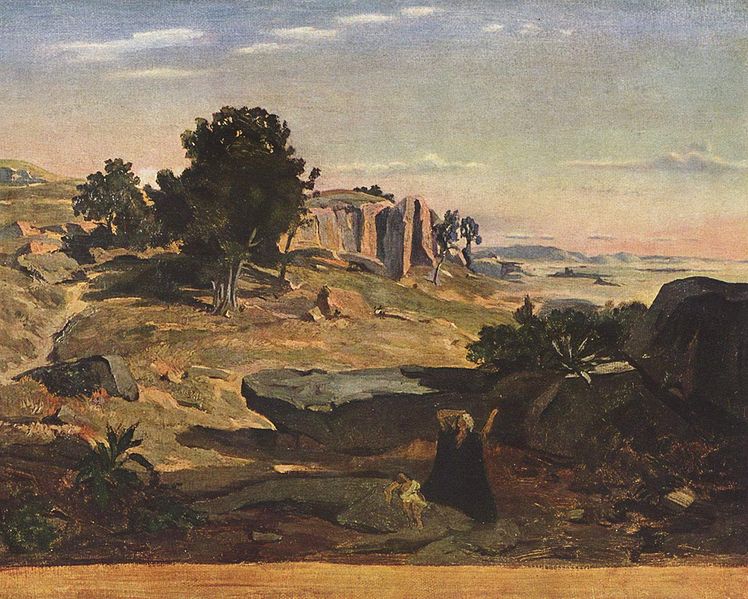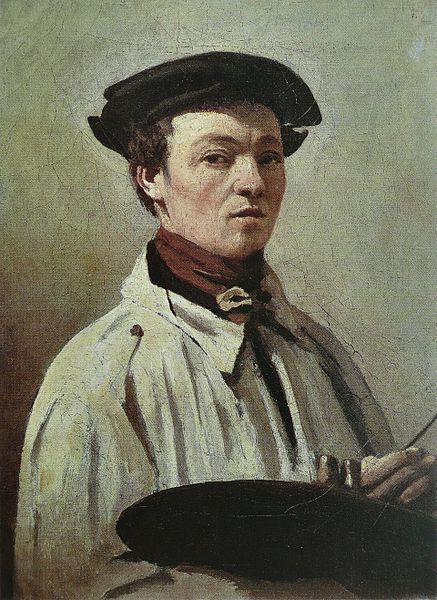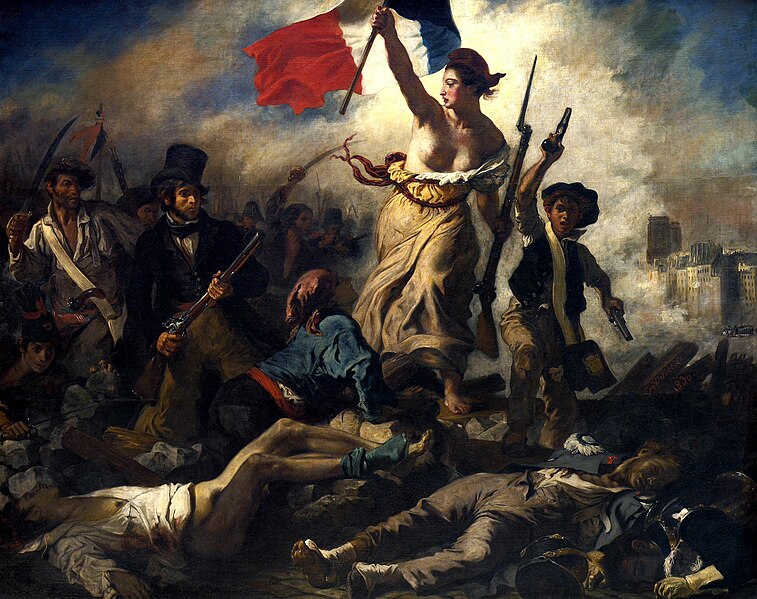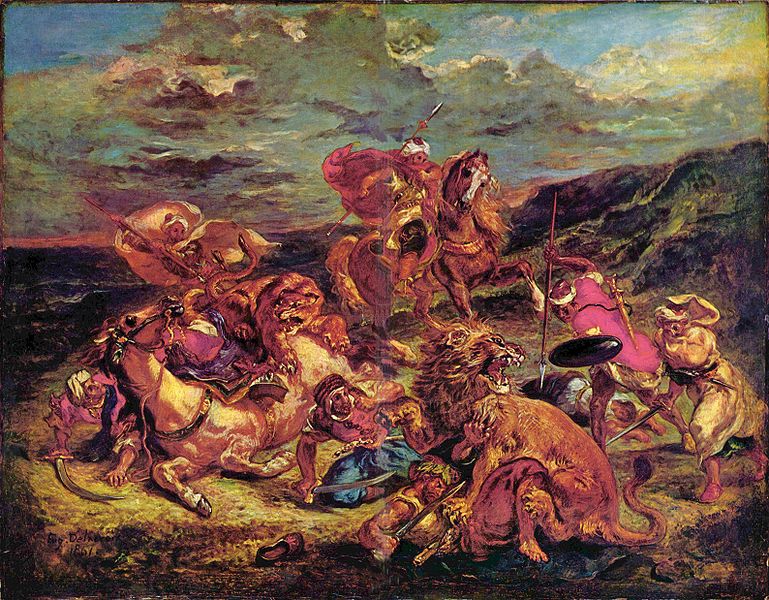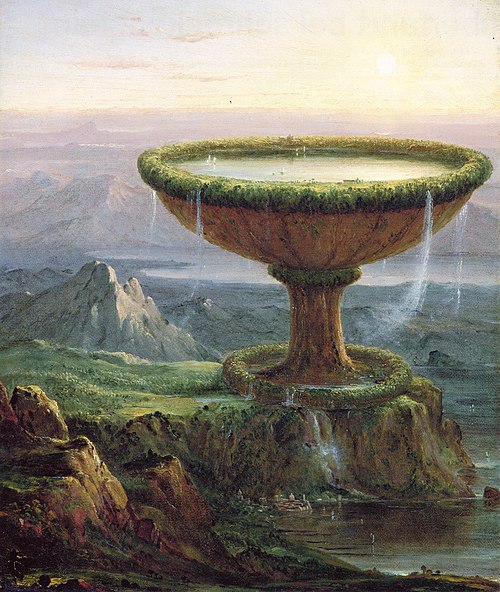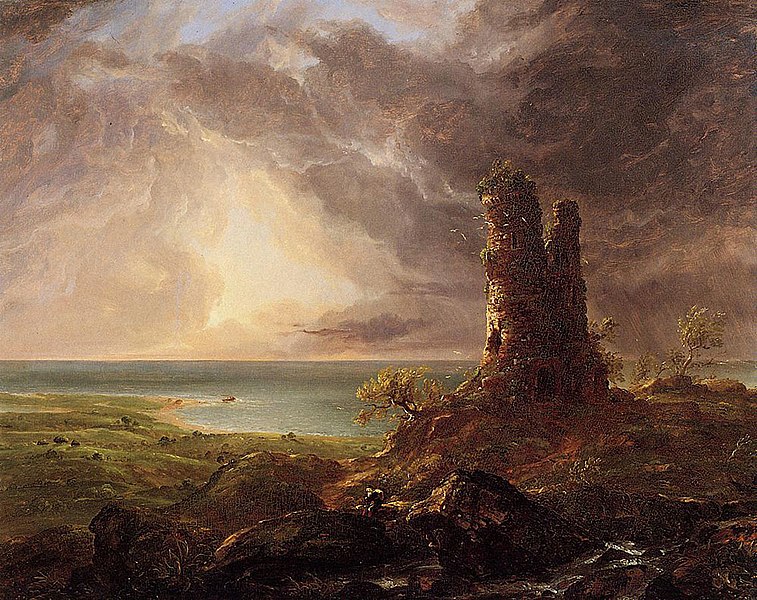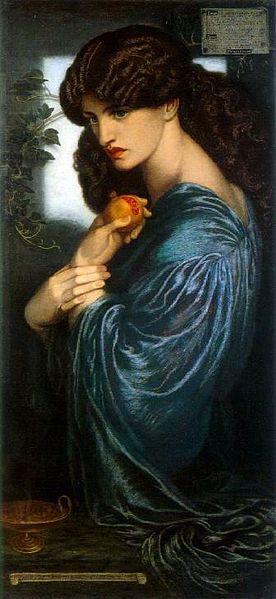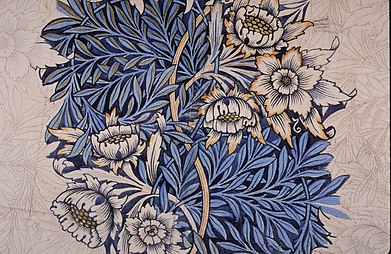 The Entry of the Crusaders Into Constantinople (Eugène Delacroix, 1840)
The Entry of the Crusaders Into Constantinople (Eugène Delacroix, 1840)
Welcome to Part III of our “Meet the Romantics” series to help you enter into the world of Giselle. In this series of posts you’ll get a taste of what the world of European arts and culture was doing at the time, and how this masterwork ballet fits into the defining movements of its time.
Read “Part I: Capital-R Romantic” here.
Read “Part II: The Composers” here.
Five Key Characteristics of Romantic Paintings
- Increased interest in both nationalism (metaphorical explorations of the spirit/character of the artist’s cultural heritage) and exoticism (a fascination with sensationalist depictions of other cultures, particularly Eastern cultures);
- A fascination with the supernatural;
- A focus on the darker, more mysterious side of nature, rather than depicting nature as the pinnacle of order and reason as in the preceding Classical period;
- Emergence of the “Pre-Raphaelite” movement in England;
- A new interest in depictions of the Common Man as a hero, in addition to the glorification of classical heroic ideals.
Ten Artists To Know
(Click pictures to enlarge!)
Francisco Goya (1746-1828, Spanish) A dark, brooding and controversial Spanish painter regarded simultaneously as the last of the Old Masters and the first of the Romantics, famed for scandalous nudes and brutal depictions of war.
L to R: The Nude Maja (1800); Courtyard With Lunatics (1794); The Milkmaid of Bordeaux (1827)
J.M.W. Turner (1775-1851, English) Though controversial in his day, Turner is now widely credited as being the first landscape painter to elevate that art to an equal level of respect as historical painting and portraiture. He was one of the first iconic watercolor painters, and his work (especially with light and shadow) was a direct influence on the later Impressionists.
L to R: Shipwreck of the Minotaur (date unknown); Ivy Bridge (1813); The Great Western Railway (1844)
John Constable (1776-1837, English) Landscape painter primarily known for his depictions of the countryside around his home, in stark contrast to the fashion of the time which was primarily interested in wild landscapes and ruins.
L to R: Stour Valley and Dedham Village (date unknown); Portrait of Maria Bicknell (1816); Cloud Study (1821)
Francesco Hayez (1791-1881, Italian) The leading Italian Romanticist was noted for his historical portraits and political allegories.
L to R: Aristotle (1811); The Kiss (1859); The Last Moments of Doge Marin Faliero (1867)
Jean-Baptiste-Camille Corot (1796-1875, French) One of the acknowledged great masters of the Romantic movement in France, Corot created iconic works in a variety of styles; while his emotion-filled, sweeping landscapes are what first brought him to fame (and would later win him the adoration of his successor Monet), his portraits and studies of the human form were a great inspiration to Degas and Picasso.
L to R: Hagar In the Wilderness (1835); Self-Portrait (1840); Le beffroi de Douai (1871)
Eugène Delacroix (1798-1863, French) Recognized in his time as the leader of the French Romantic school, Delacroix was inspired by the exotic East as well as classical and nationalist themes. His “Liberty Leading the People” is one of the most famous works from this era (it was depicted on the 100-franc bank note). He was also noted for his illustrations of works by everyone from Goethe to Shakespeare.
L to R: Liberty Leading the People (1830); Hamlet and Horatio (1839); Lion Hunt (1861)
Thomas Cole (1801-1848, American) Founder of the Hudson River School, a group of American artists whose work depicted the grandeur of the American wilderness, Cole was most famous for two series of paintings entitled “The Course of Empire” and “The Voyage of Life,” which made allegorical use of wild landscapes.
L to R: The Titan’s Goblet (1833); Romantic Landscape With Ruined Tower (1836); The Voyage of Life: Manhood (1842)
Caspar David Friedrich (1774-1840, German) Widely regarded as the greatest German painter of his generation, this artist was known for rich, often dark, allegorical landscapes celebrating the awe and grandeur of nature.
L to R: Tetschener Altar (1807); The Abbey In the Oakwood (1810); The Giant Mountains (1835)
Dante Gabriel Rossetti (1828-1882, English) Founded the Pre-Raphaelite Brotherhood in 1848, which celebrated a return to the aesthetic of the Italian Renaissance. Taking classical and medieval subjects as inspiration, Rossetti influence the work of many notable later artists like Edward Burne-Jones, John William Waterhouse and Maxfield Parrish.
L to R: Self-Portrait (1847); Proserpine (1874); Alexa Wilding (1879)
William Morris (1834-1896, English) Painter, illustrator, stained-glass and textile artist whose work influenced architecture and design well into the 20th century and was a direct inspiration on the “Arts and Crafts” design movement (Tiffany stained glass, etc.) Morris elevated ordinary objects like wallpaper and upholstery to the level of fine art.
L to R: Queen Guinevere (1858); Tulip & Willow block-printed fabric (1873); Woodpecker tapestry (1885)
